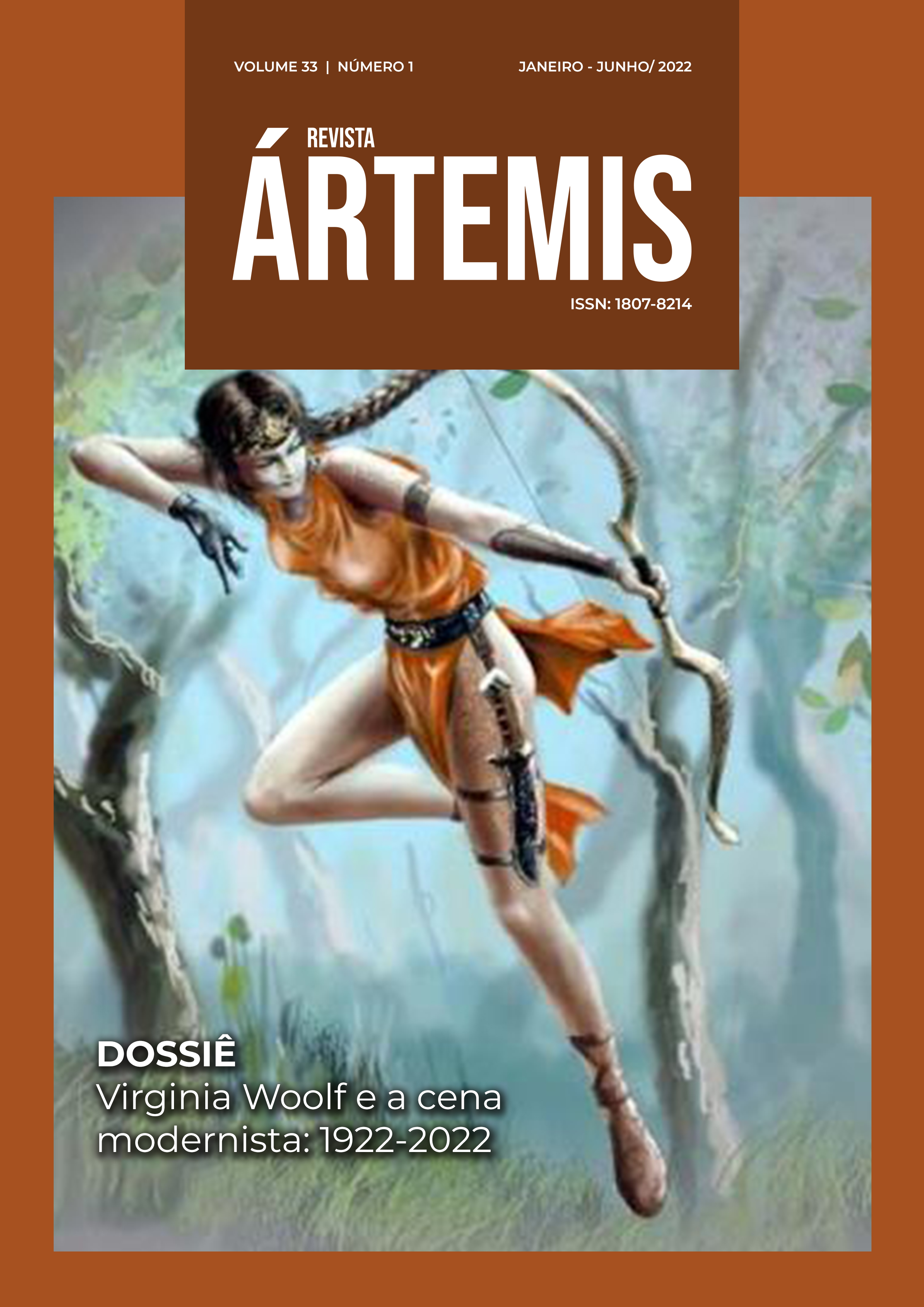Cena Modernista e Forma Espacial em Jacob’s Room de Virginia Woolf
Keywords:
Virginia Woolf, Roger Fry, Aesthetics, Modernist Novel, English LiteratureAbstract
Abstract: The present article seeks to approach Virginia Woolf's work, Jacob's Room (1922), in the year of its centenary publication, having as a point of analysis its place in the framework of great works of the English novel. For this, we will approach the book first in its conception in the context of the relations between painting and writing, passing through its presence within the modernist movement and finally as an innovation in the year of publication of works such as The Waste Land, by TS Eliot and Ulysses by James Joyce. . Jacob's Room is known as Virginia Woolf's first experimental novel and, with this characteristic in mind, it privileges a perceptible presentation of the subject to his situation in the world, as a result of conflicts that displace the security guard and throw him into the unknown, making him seek in art ways of expressing themselves. Another way of thinking about aesthetics is within the conception of Roger Fry, a contemporary of Virginia Woolf. By placing the focus of art on the author's subjectivity, Fry gives Woolf the elements that will be mobilized to create the scenarios and the dream aspect that the novel has, which is the main argument of this article.







